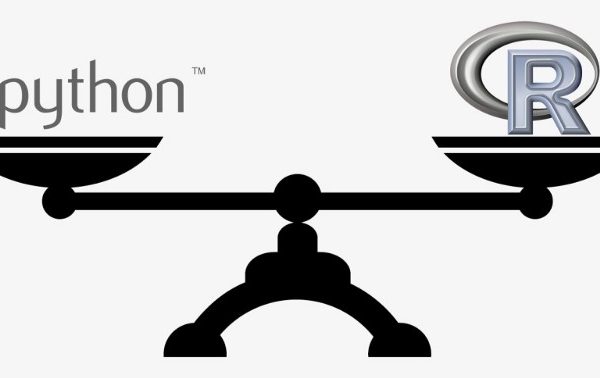Learn Python for Data Science from Scratch
Python is a multipurpose programming language and widely used for Data Science, which is termed as the sexiest job of this century. Data Scientist mine thru the large dataset to gain insight and make meaningful data driven decisions. Python is used as general purposed programming language and used for Web Development, Networking, Scientific computing etc. We will be discussing further about the series of awesome libraries in python such as numpy, scipy & pandas for data manipulation & wrangling and […]
Read more







